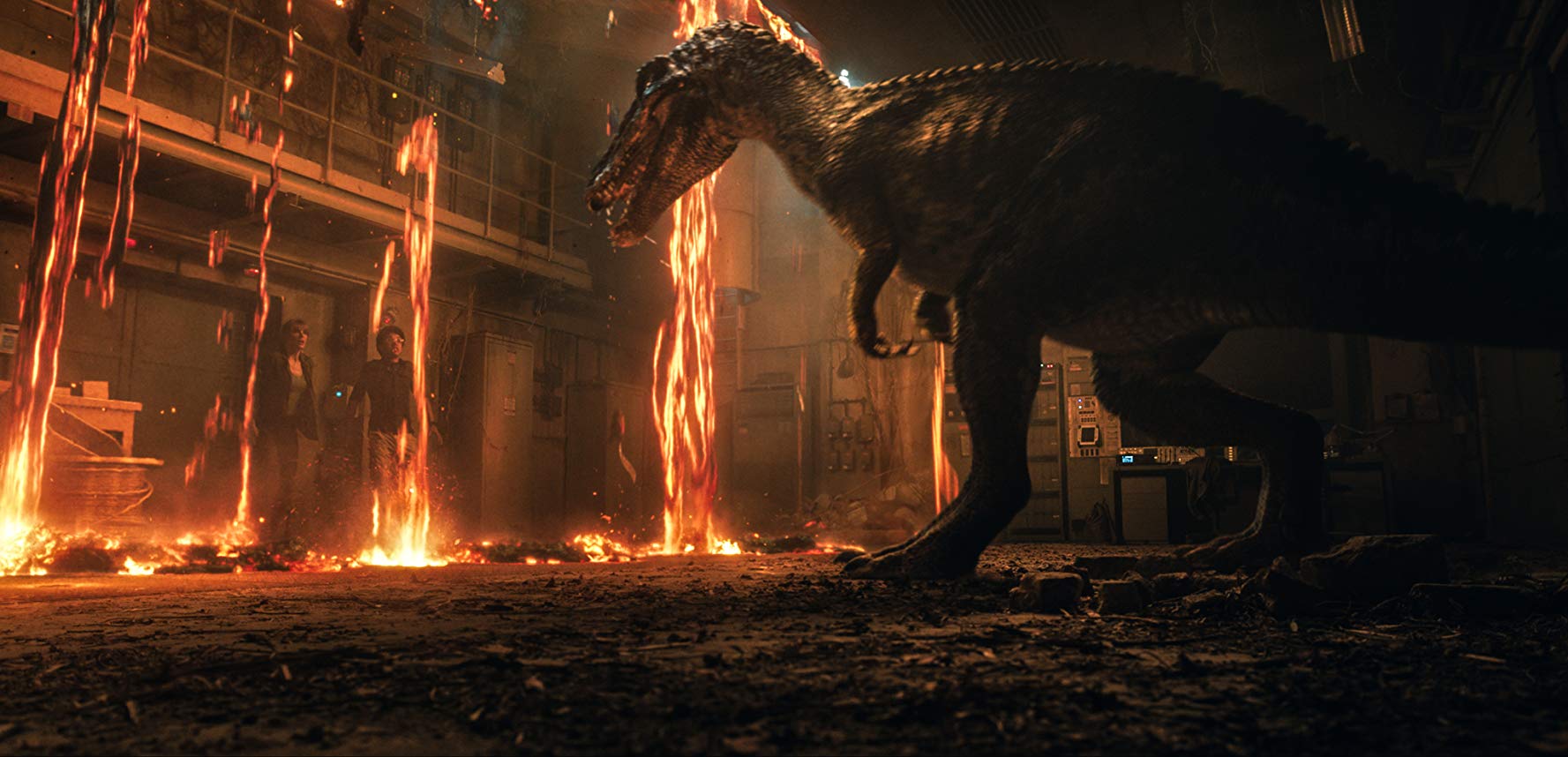This is the first part of our ‘Welcome to Jurassic China’ series, which takes That’s readers on a journey to explore prehistoric China and to meet the people who earn their keep studying, stealing and recreating the nation’s long-extinct dinos. Click here to read about China’s illegal dinosaur fossil trade and here to read our interview with Zhao Chuang, a world-renowned dinosaur artist.
Let’s take a trip, a journey through time if you will, and turn the clocks back a whopping 66 million years, to the time right before a massive asteroid slammed into Mexico’s Yucatan Peninsula and ended the reign of the dinosaurs.
Our region of focus: modern day Ganzhou in southern Jiangxi, near the boundaries with Fujian and Guangdong provinces. While the area enjoys summer highs in the low- to mid-30s and winter lows generally ranging from 4-6 degrees Celsius today, Ganzhou was a hot, wet and heavily forested environment inhabited by a wide array of ancient species at the end of the Cretaceous Period.
“The world was warmer back then, there were no ice caps at the time,” American paleontologist Steve Brusatte tells That’s during a phone call from the University of Edinburgh, where he serves as a chancellor's fellow in vertebrate paleontology at the School of GeoSciences. “There is evidence in the rocks that [Ganzhou] was a warm and tropical place and there was a lot of life there: long-neck dinosaurs, duck-bill dinosaurs, lizards.”
In his bestselling book The Rise and Fall of the Dinosaurs: A New History of a Lost World, Brusatte notes the region would have been “sticky with humidity” 12 months a year and that the landscape would have been blanketed with ferns, conifers and pine trees.
Among the diverse array of organisms that called Cretaceous Ganzhou home was a carnivorous beast that has changed the way researchers view the iconic Tyrannosaur family: Qianzhousaurus sinensis, more comically known as ‘Pinocchio rex.’
Discovered in 2010 at a construction site in Ganzhou, Qianzhousaurus was revealed as a new member of the Tyrannosauridae family by Brusatte and celebrated Chinese professor and paleontologist Lü Junchang in 2014. Its name, which was bestowed by the duo, is a reference to Qianzhou, Ganzhou’s name during the Tang Dynasty.

Lü Junchang and Steve Brusatte. Image courtesy of Lü Junchang and Steve Brusatte
So, what makes this cousin of the iconic T-rex so special, and why on earth is it nicknamed Pinocchio rex? The answer to both these questions is the animal’s long snout. According to a research paper composed by Professor Lü, Brusatte and their team and published by Nature Communications in May 2014, “The vast majority of Tyrannosauroids are characterized by deep skulls, thick teeth and large jaw muscles.” Qianzhousaurus, by comparison, boasts thinner teeth and a long and slender snout that accounts for around 70 percent of the total length of the animal’s skull.

The Qianzhousaurus skull. Image courtesy of Lü Junchang and Steve Brusatte
To untrained eyes, the animal looks similar to a species of dinosaur that appeared in the most recent Jurassic World film: Baryonyx. A member of the Spinosauridae family and relative of the mighty Spinosaurus (a massive carnivorous dino that was also famously featured in a Jurassic Park film), Baryonyx also boasted a long, slender snout. But, despite this shared attribute, Qianzhousaurus and Baryonyx were two very different animals.
“I guess [Qianzhousaurus] looks a little bit like a Spinosaur, with the long snout, but Spinosaurs have big forearms and big claws and a sail,” Brusatte tells us. “Qianzhousaurus is a very close relative of T-rex. If you took the skull of a T-rex and stretched it out, you’d have a Qianzhousaurus skull.”

Baryonyx, as seen in the 2018 film Jurassic World: Fallen Kingdom. Image via Universal Pictures/IMDB
But skull shape isn’t the only difference between Qianzhousaurus and Tyrannosaurus rex, as the former has a smaller body size and lighter skeleton than ’ol Rexy.
This lighter frame and its extended snout possibly allowed the animal to hunt smaller and faster prey than T-rex. According to Brusatte, the Qianzhousaurus was likely a land-based meat eater specialized in catching agile prey and, unlike big, bad Baryonyx, it probably didn’t eat fish.
Evidence of a pescatarian diet isn’t the only thing missing: like many (if not most) dinosaurs, the fossilized Qianzhousaurus skeleton is incomplete. Recovered from the construction site in 2010 was a largely complete skull and a substantial portion of the lower left jaw, along with a smattering of vertebrae, a complete right scapulocoracoid and a left femur and left tibia, among other fossilized bones. Also missing from the prehistoric remains: evidence that Qianzhousaurus had feathers. Although, in the case of feathers, a lack of evidence doesn’t make it unlikely.

Image via Wikimedia
“I would guess that it did have feathers,” says Brusatte. “It is very hard for soft bits like feathers to get preserved; but we know that its ancestors and close cousins had feathers, so the most reasonable hypothesis is that Qianzhousaurus also had primitive feathers.”
With only one set of Pinocchio rex remains currently unearthed, many of these theories may have to wait a bit to be tested further – possibly until the next time a South China construction worker stumbles upon one.
Click here to read more from our ‘Welcome to Jurassic China’ series.
Brusatte’s new book The Rise and Fall of the Dinosaurs: A New History of a Lost World is available on Amazon. Catch Steve Brusatte’s talk at Shanghai International Literary Festival at 10am on March 24.
[Cover image courtesy of © Zhao Chuang from PNSO]






















0 User Comments